Jánosháza
The surrounding area has been inhabited for thousands of years. Nearby, at the intersection of the roads 8 and 84, a burial site with six urn graves from the late Bronze Age was uncovered. Over the centuries, Jánosháza was owned by several aristocratic families. At the beginning of the 15th century, the municipality and its surroundings came into possession of the family Garaya, later the family Erdődy inherited everything. The Castle of Jánosháza was first mentioned in writing in 1510. The Erdődy family pledged the settlement to the family Choron, who legally documented their estate as an entailed estate. The family Choron fortified the castle with an old Italian bastion of the Renaissance and a square protection system. Thanks to its central location and proximity to the main road, Jánosháza experienced its golden age at this time.
In the 17th the town was given the title of a country town, and its development began. In the tower of the multi-storey castle there was already a clock and a bell.
In this century, the family Erdődy family built the Catholic Church of Jánosháza at the place of the burnt-down wooden church, and then they had it expanded. By the end of the century, the town became a major venue for trade fairs. This role, however, became less and less important as some nearby municipalities also acquired the right to organize trade fairs.
In the 19th century Jánosháza was a district town, but it could not keep its central role, and was therefore joined to the circle of Kiscell. Today Jánosháza holds the title of a city.
Castle
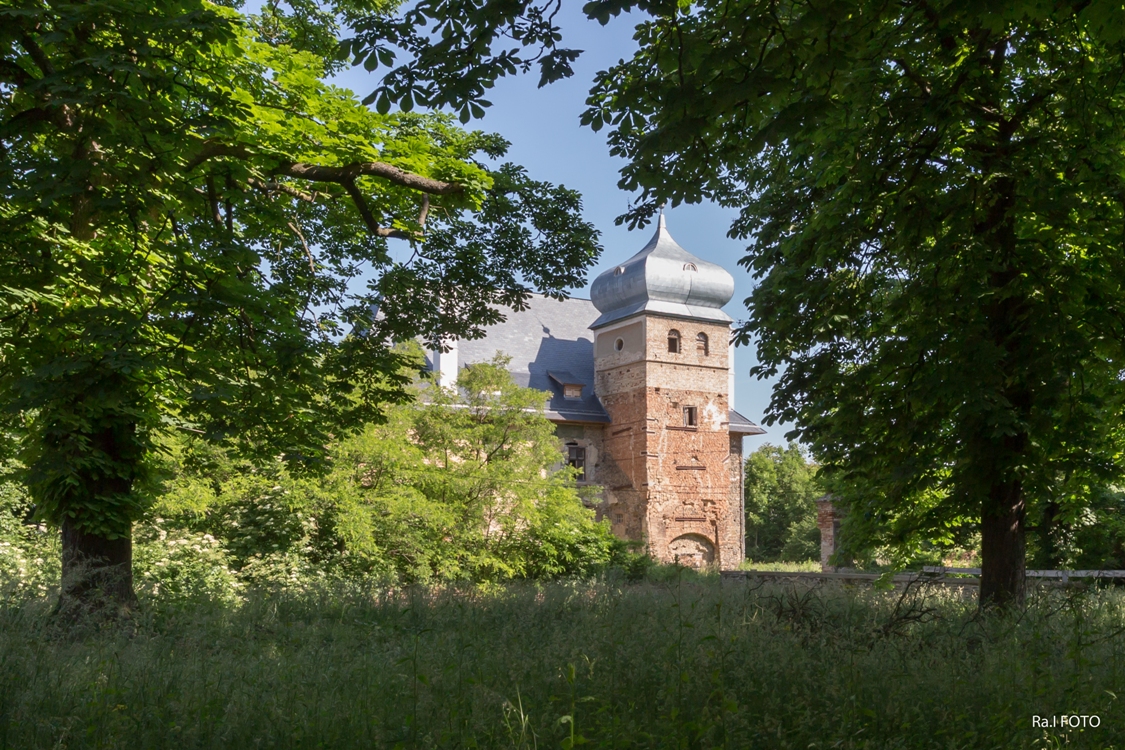
The first written mention of the castle goes back to 1510. In 1510, the king allowed Péter Erdődy (the nephew of Tamás Bakócz) to surround his manor house with walls and ditches. The manor house was acquired by Bálint Török in 1538. 1609 it got extended in the early baroque style. After 1732, the rather ruined castle came once again into the possession of the family Erdődy. In 1758 it was converted and made habitable again, but its condition deteriorated against the 1780s.
The castle belonged to the family Erdődy until the nationalization. At the end of the Second World War the invading Russian troops destroyed and robbed the building. After the war an infectious hospital was established in the castle, so the condition of the building deteriorated even further. Later an agricultural vocational school and a kindergarten were instituted here, and a museum was built on the top floor. The building is currently empty, it cannot be visited.
Roman Catholic Church

The church was built around 1734 on the site of the former burnt-down wooden church. In 1779 it was rebuilt in a classical baroque style. The straight-fronted sanctuary of the Roman Catholic Church is narrower than the longhouse. The tower with a tent roof and arches can be seen from the façade only through its bell.
The longhouse is covered by a Bohemian vault; the sanctuary and the sacristy are covered by a Bohemian cap. On the western side there is a two-pillared gallery. The main altar is a mural in Baroque style depicting Saint John the Baptist. Above him the Holy Spirit appears in the form of a dove. The Baroque altar was erected in memory of Saint Francis of Assisi. The statues of Christ and Saint John the Baptist, patron saint of the church, can be seen on the wooden cover of the crescent-shaped baptismal font made of stone. In the niche there is a Pieta baroque statue carved out of wood.
Statue of the Virgin Mary
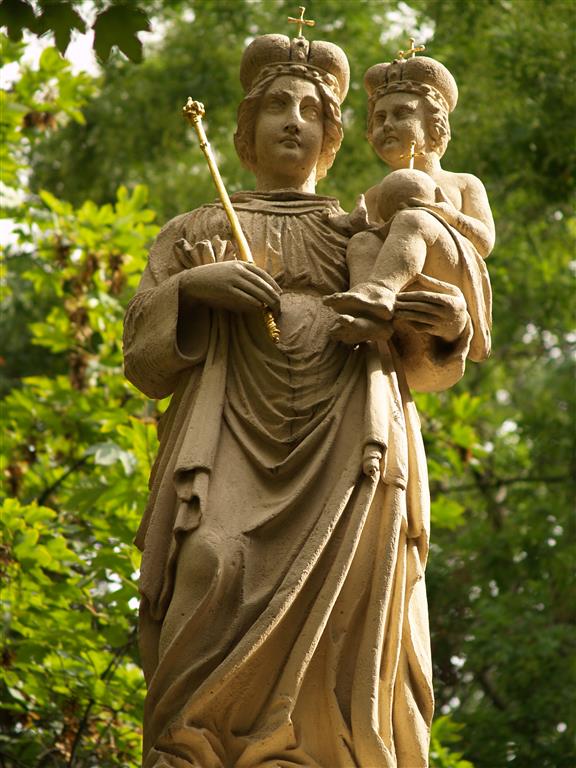
The Baroque statue, which is situated in the Maria-Garten, represents the coronation of Mary standing on clouds. Above her the Trinity can be seen, on the consoles two constellations of angels can be found.
Saint Vendel Chapel
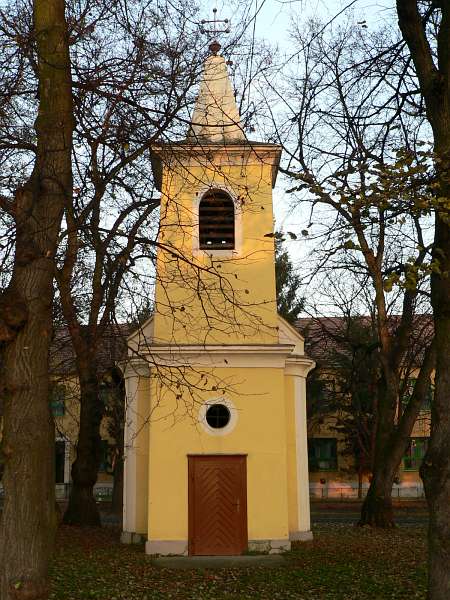
The Saint Vendel Chapel of Jánosháza was built in 1781. Its history goes back to the mid-1700s, when outbreaks of rinderpest occurred in the village, and the breeders suffered great losses. They prayed to God and asked Saint Vendel for his help, promising him to build a chapel in his honour after the end of the rinderpest. The village community kept their word. In the corner of the altar of the chapel Max Piaret’s signature and the date 1793 can be seen. Unfortunately, during the last restoration work, experts found that the original baroque frescoes had not been restored in good quality.
The statue of Prime Minister József Antall
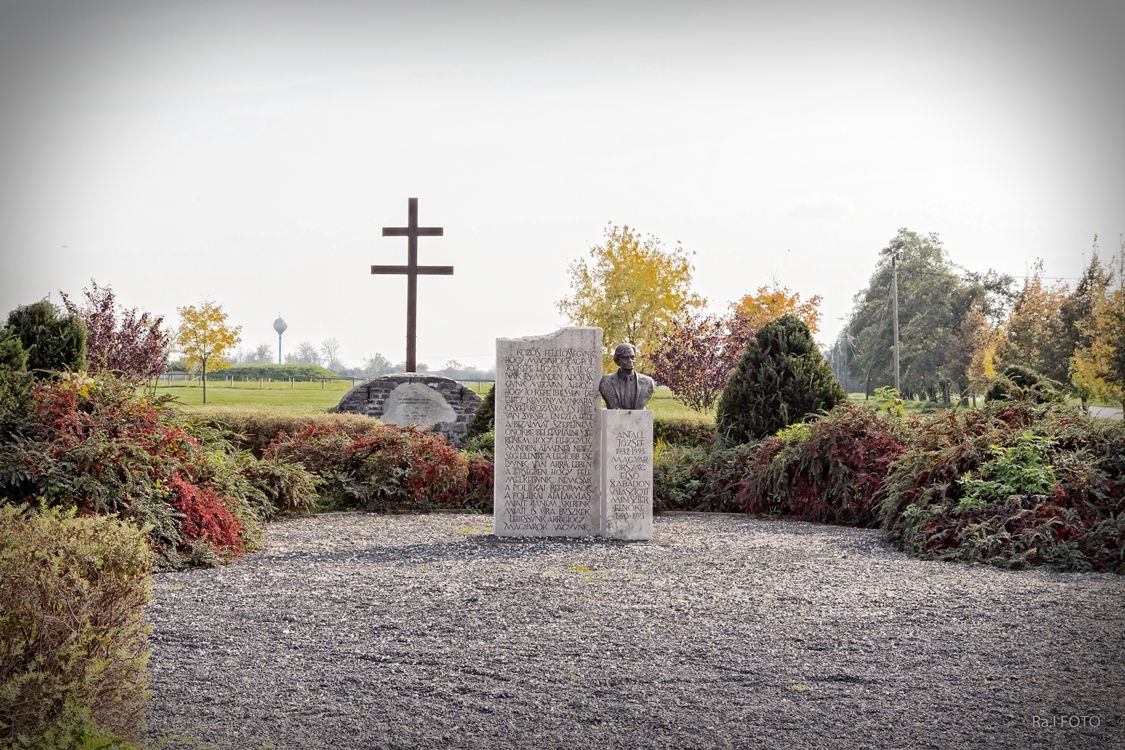
In memory of József Antall (1932-1993), politician and prime minister of the first freely elected Hungarian government after the change of regime, the statue was erected by the self-government of Jánosháza and its inhabitants.
The bronze bust of József Antall stands on a limestone foundation, with a limestone plate next to it with a quotation from József Antall.
The statue was made by the sculptor Emőke Tóth.
Batthyány Memorial Plaque
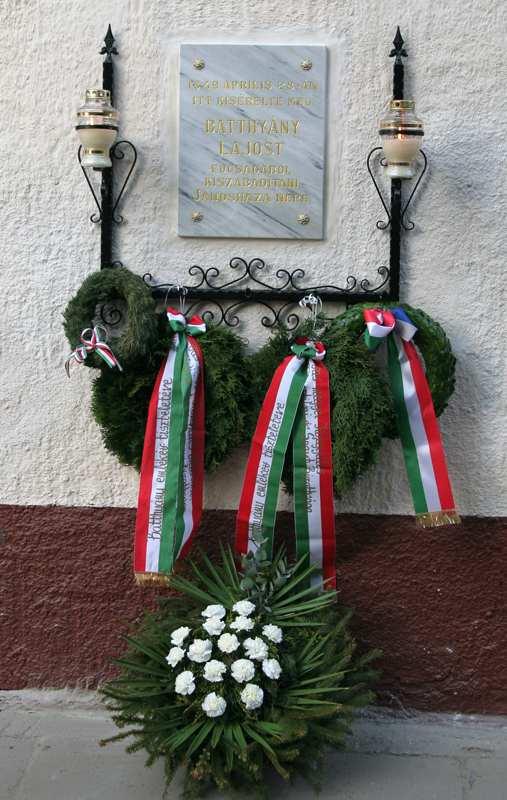
The memorial plaque on the wall of the building in 6 Batthyány Street reminds us of Count Lajos Battyhány, the first Prime Minister of Hungary, who was imprisoned here and the people of Jánosháza tried to free him on the 28th of April 1849.

|
A további navigáláshoz kérem, használja a menüpontokat.
A Program a NYDOP-2.3.1/A-12/2012-0003 számú projekt
támogatásával valósult meg.
